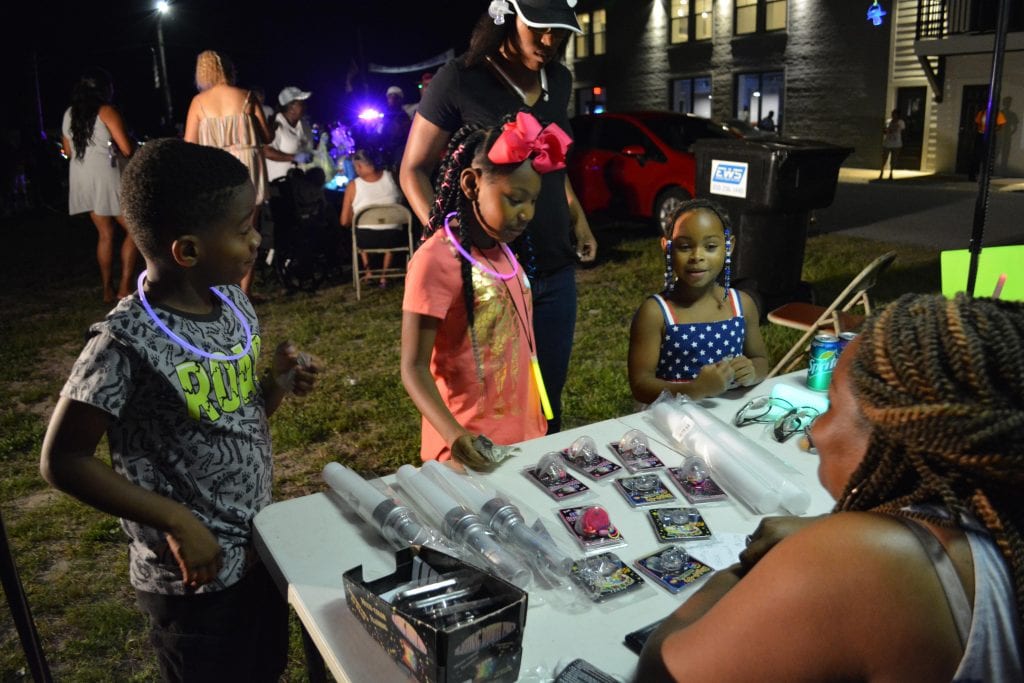Building Trust Through Stories in
Port St. Joe
Open and strategic communication is a fundamental basis for trust. Through the stories we tell and the language we use, we can influence beliefs and behaviors. In Port Saint Joe (PSJ) – as is common in towns and cities around the United States – not all stories are heard equally and not all local knowledge is understood or valued equally. This research project brings together expertise in disaster social studies (Dr Jason von Meding) and behavioral social psychology (Dr Colin Tucker Smith) and focuses on the dilemmas of knowledge, communication and trust faced by the Black community of North Port Saint Joe (NPSJ). Using participatory methods based on community photography and collective interpretation (Photovoice), the research team worked alongside community members in NPSJ to document the lived experience of residents, with a view
towards empowering strategic and transformational change. Putting the voices and creative talents of residents at the center of the project adds power and emotion to the narratives that emerge. Some of the key themes emerging from our project relate to the sense of belonging/connection to a place that residents hold dear, as well as the pride that is felt in being part of a local culture and history. The project has brought into focus stories of resistance and survival in the face of overwhelming odds, and these narratives of resilience demonstrate that the people of NPSJ possess talents, skills and resources that have protected them in oppressive circumstances, but would also help them to thrive in the absence of structural barriers.
TEAM
Dr. Jason Von Meding, Associate Professor, M.E Rinker, Sr. School of Construction Management, Florida Institute for Built Environment Resilience (FIBER), Jason.vonmeding@ufl.edu
Dr. Colin Tucker Smith, Assistant Professor, Department of Psychology, colinsmith@ufl.edu
Community Partners: North Port St. Joe Project Action Committee (NPSJ-PAC) Board of Directors, Dannie Bolden and Marquita Thompkins. Victoria Colvin, Research Assistant, Department of Psychology; Collin Bowie, Research Assistant, FIBER; Deborah von Meding, Editorial assistance.










